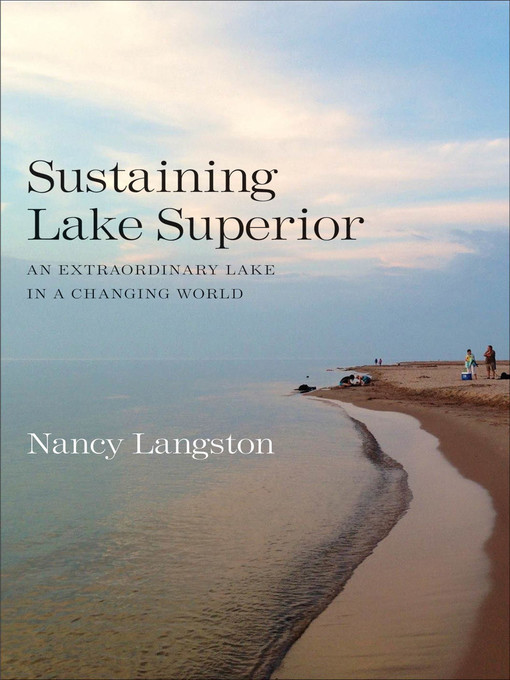A compelling exploration of Lake Superior's conservation recovery and what it can teach us in the face of climate change
Lake Superior, the largest lake in the world, has had a remarkable history, including resource extraction and industrial exploitation that caused nearly irreversible degradation. But in the past fifty years it has experienced a remarkable recovery and rebirth. In this important book, leading environmental historian Nancy Langston offers a rich portrait of the lake's environmental and social history, asking what lessons we should take from the conservation recovery as this extraordinary lake faces new environmental threats.
In her insightful exploration, Langston reveals hope in ecosystem resilience and the power of community advocacy, noting ways Lake Superior has rebounded from the effects of deforestation and toxic waste wrought by mining and paper manufacturing. Yet, despite the lake's resilience, threats persist. Langston cautions readers regarding new mining interests and persistent toxic pollutants that are mobilizing with climate change.
- Available now
- Just added
- No Wait eBooks
- Most popular
- Popular Nonfiction eBooks
- Spanish Titles
- New Kids Additions
- New Teen Additions
- Wisconsin Born and Read
- Great reads without the wait!
- See all ebooks collections
- Available now
- Just added
- Popular Audio Under 1 Hour
- Popular Audio Between 1 and 3 Hours
- Popular Audio Between 3 and 5 Hours
- Popular Audio Between 5 and 10 Hours
- Always Be Listening
- Most popular
- New for Kids
- New for Teens
- New Audiobooks
- Award-Worthy Audiobooks
- L.A. Theatre Works
- See all audiobooks collections
- Food & Cooking
- Home & Garden
- Health & Fitness
- Fashion
- News & Politics
- Hobbies & Crafts
- Celebrity
- Tech & Gaming
- Cars & Motorcycles
- Family & Parenting
- Sports
- Travel & Outdoor
- Photography
- See all magazines collections

